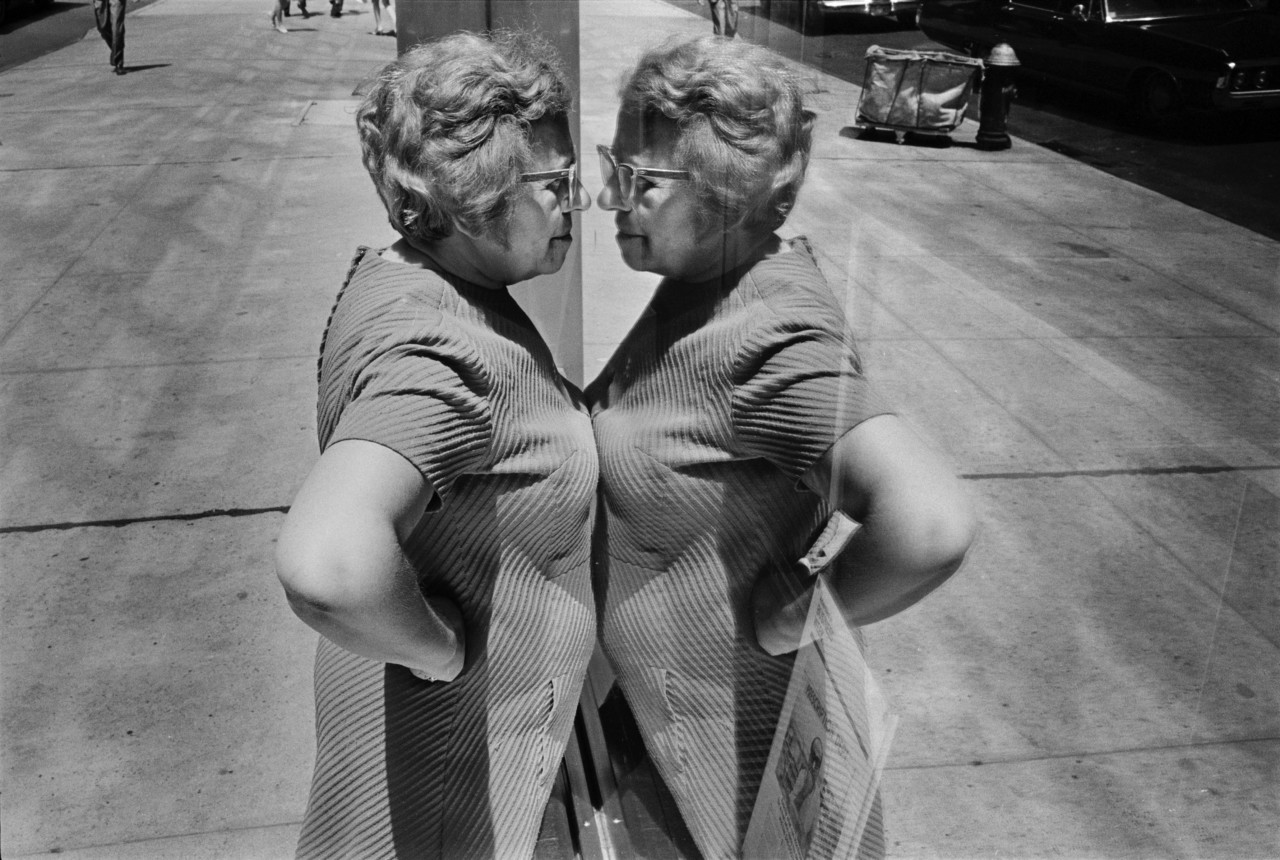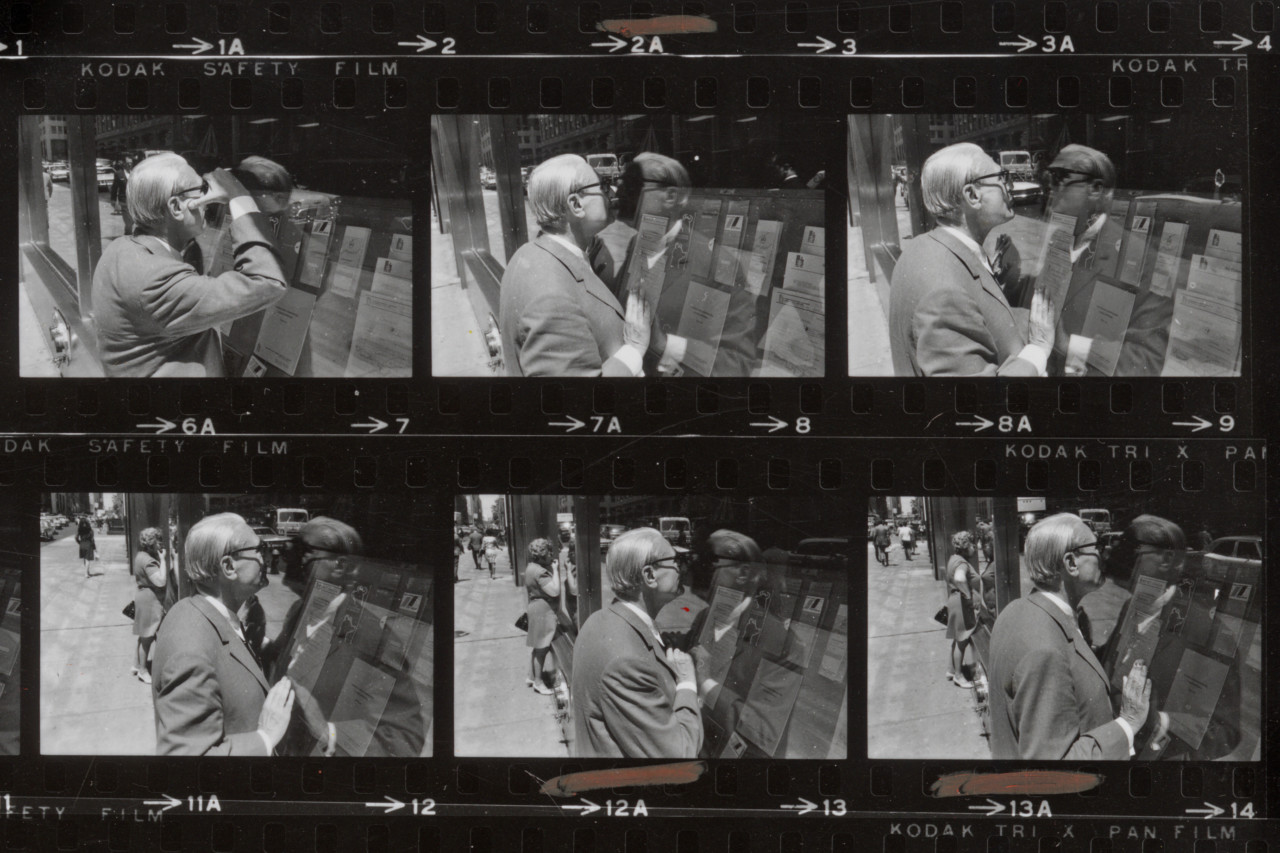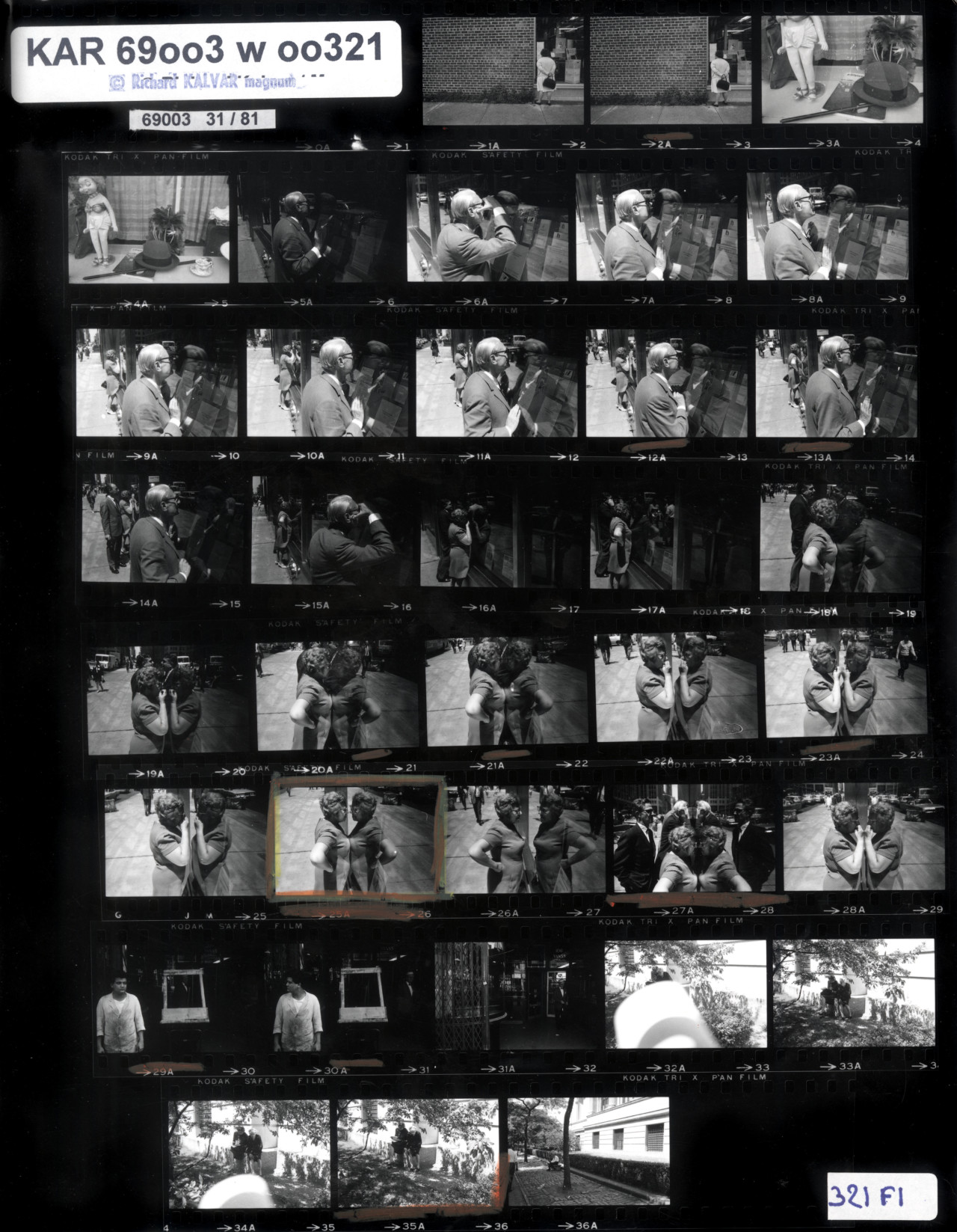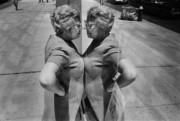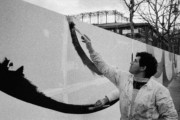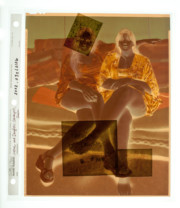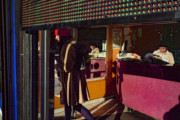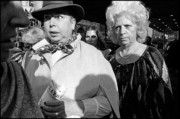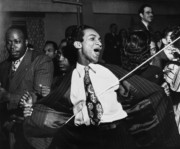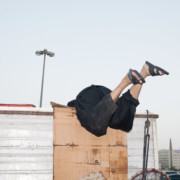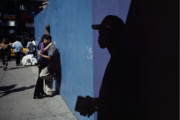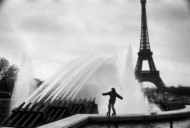Making the Image: Richard Kalvar’s Woman in the Window
The photographer walks us through the process of creating his famed image
Contact sheets, direct prints of sequences of negatives were – in the pre-digital era – key for photographers to be able to see what they had captured on their rolls of film. They formed a central part of editing and indexing practices, and in themselves became revealing of photographers’ approaches: the subtle refinements of the frame, lighting and subject from photograph to photograph, tracing the image-maker’s progress toward the final composition that they ultimately saw as their best. There is a voyeuristic aspect to looking at a contact sheet also: one can retrace the photographer’s movements through time and space, tracking their eye’s smallest twitches from left to right as their attention is drawn. It is as if one were inside their head, offered a privileged view through their very eyes from the front row of their brain.
As Kristen Lubben wrote in her introduction to the book, Magnum Contact Sheets, first published in 2011 by Thames and Hudson:
“Unique to each photographer’s approach, the contact is a record of how an image was constructed. Was it a set-up, or a serendipitous encounter? Did the photographer notice a scene with potential and diligently work it through to arrive at a successful image, or was the fabled ‘decisive moment’ at play? The contact sheet, now rendered obsolete by digital photography, embodies much of the appeal of photography itself: the sense of time unfolding, a durable trace of movement through space, an apparent authentication of photography’s claims to transparent representation of reality.”
You can read other entries in Magnum’s series on contact sheets, and the making of iconic images here.
Magnum photographer Richard Kalvar has described his approach to photography as “more like poetry than photojournalism”. One of Kalvar’s images – that of a woman staring intently at her own image reflected in a window – is typical of much of his work in its capturing the strangeness and ambiguity of the everyday, the weirdness of humans, and the comedic nature of the mundane.
In The Art of Street Photography online education course, Kalvar looks – in depth – at this very image and the contact sheet from which it comes. “The first thing you notice, when you look at a contact sheet, is how many bad pictures you take,” says Kalvar, “It’s pretty depressing.” He goes on to describe his process, searching for images which may be interesting and marking them with a grease pencil before eventually narrowing down to one image, at which point he describes a moment of change : “Then I looked at those pictures, and somehow they became alive, just the fact that I had framed them with a grease pencil – they took on a life of their own. They had an existence they they didn’t have just flat on the contact sheet.”
Here, we reproduce Kalvar’s entry from Magnum Contact Sheets in which he dwells upon this photograph, his path to creating it, and his process of editing.
You can find out more about the Magnum Learn course here.
As a young photographer, I spent my waking hours exploring my home town of New York. Sometimes you’re unconsciously and unintentionally drawn to the same kind of subject all day. This was apparently a ‘store window’ day. As I walked up Madison Avenue, my eye was caught by a man staring intently through a store window on a side street. It was a stockbroker’s office and a blown-up view of the New York Stock Exchange ticker tape was projected onto a screen inside, opposite the window.
The noonday sun was strong, and the man had to put his face very close to the window in order to block out the reflection of the bright street with his shadow. I sneaked up and started to take a few pictures, but I couldn’t really make it work. Frames 7A and 8A were OK, sort of, but ‘sort of’ wasn’t good enough: too many reflections, too much going on inside the window. I tried changing the angle, but then I couldn’t see the man’s face. But the ridiculous idea of the man looking at himself, touching hands with his double, began to enter my consciousness.
I noticed the people in the background, also looking through the window, and I edged up to the woman. This was much better. The messy street had become less cluttered, and its reflection masked the busy interior. And the woman! What a magnificent specimen. Seeing her press her ample bosom against the window, giving the impression that she was confronting her likeness, made me understand what I was looking for. I wanted to lose all connection with the context, with stock market results and streets and other people, and isolate this woman shamelessly staring at and touching a stranger who was in fact herself. And then bang! My persistence was rewarded when everything came together in frame 25A. I took a few more pictures, but they were mere aftershocks to the big earthquake.
If I had wanted a funny little photograph of people looking through a window, frame 27A would have fit the bill. But what has always excited me in photography is to step out of ‘real’ reality and enter a world of frozen dreams, abstracted from the ordinary. The merely amusing is a temptation I struggle to avoid.
The following contact sheet is available as a print on the Magnum Shop, here.
Text ©2013 Thames and Hudson


